Facebook advertising has become one of the most important online marketing tools in the digital era. With over 2.9 billion users worldwide, Facebook is not only a social networking platform but also an ideal place for businesses to connect with potential customers. However, to achieve optimal effectiveness, businesses need to clearly understand how to run effective Facebook ads in 2023 and professionally optimize their advertising campaigns.
1. What is Facebook advertising?
Facebook advertising is an online advertising form on the Facebook platform that allows businesses and individuals to promote products, services, or content to a targeted audience.
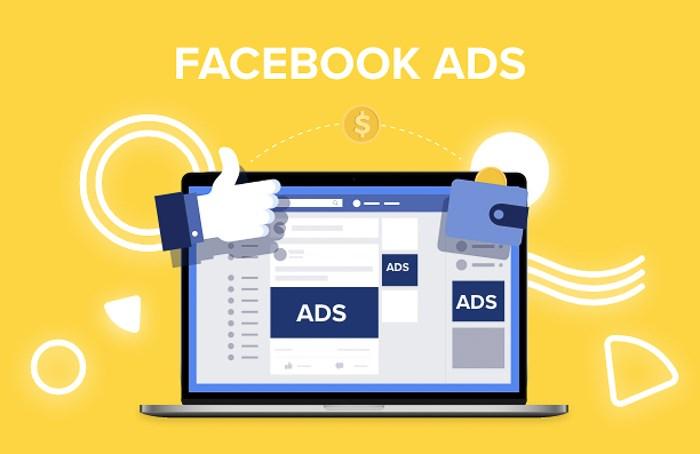
The benefits of Facebook advertising include:
– Increasing brand awareness
– Driving website traffic
– Boosting sales
– Improving business performance
– Optimizing advertising costs
==> See also: Quality Facebook Ad Account Rental Services
2. Types of Facebook Ads

Facebook offers a variety of ad formats to meet business and marketing objectives, such as:
– Image Ads: A simple, clear format that uses compelling text and images to showcase products or services.
– Video Ads: Use videos to highlight unique features or tell your brand story.
– Carousel Ads: Carousel ads allow you to display up to 10 images or videos in a single ad, each with its own link. This format helps highlight different products or narrate a brand story across multiple cards.
– Collection Ads: This format enables users to seamlessly transition from discovery to purchase in a visually engaging way. Each collection ad features a main video or image with three smaller images below arranged in a grid layout.
– Lead Ads: These ads appear in users’ News Feed and Stories, allowing advertisers to collect personal contact information without redirecting users to another page.
3. Guide to running effective Facebook ads in 2023
Step 1: Define Your Campaign Objective
The first and most important step to run effective Facebook ads in 2023 is to clearly define your specific campaign objective. What is your goal? Do you want to increase brand awareness, drive traffic, or boost sales? From this, select the appropriate ad type, content, and target audience.
Step 2: Analyze Customer Insights
To run effective Facebook ads in 2023, analyzing customer insights plays a crucial role in helping businesses understand their target audience, behavioral trends, and market position.
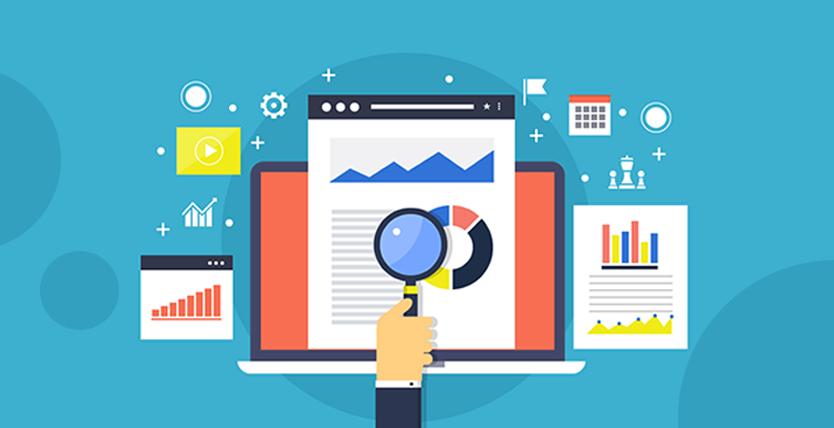
Customer insights are the “implicit truths” about the psychology, needs, and behaviors of your specific target audience, including age, gender, geographic location, income, occupation, interests, and behaviors. You need to know what types of content your audience prefers: short videos, images, livestreams, or articles. Also, identify when they are most active and engaged—morning, evening, or weekends—to create suitable content and precisely target your ads, saving costs and increasing effectiveness.
Step 3: Analyze Competitors
Competitor analysis helps you understand how they approach customers and identify opportunities to create a competitive advantage. This allows you to learn and develop differentiated strategies to stand out. It also helps optimize your ads and avoid repeating competitors’ mistakes.
Step 4: Set Up Your Ad Campaign
After defining your objectives, researching customers, and analyzing competitors, the next step is to set up your ad campaign in Facebook Ads Manager. This step requires careful attention to ensure all elements are optimized for the best performance.
4.1 Choose Your Campaign Objective
Based on the objective identified in Step 1, select the appropriate campaign type in Facebook Ads Manager:
– Brand Awareness: Focus on showing ads to as many people as possible to increase brand recognition.
– Conversions: Encourage customers to take actions such as making a purchase or signing up.
– Messages: Invite customers to send messages to learn more about your products or services.
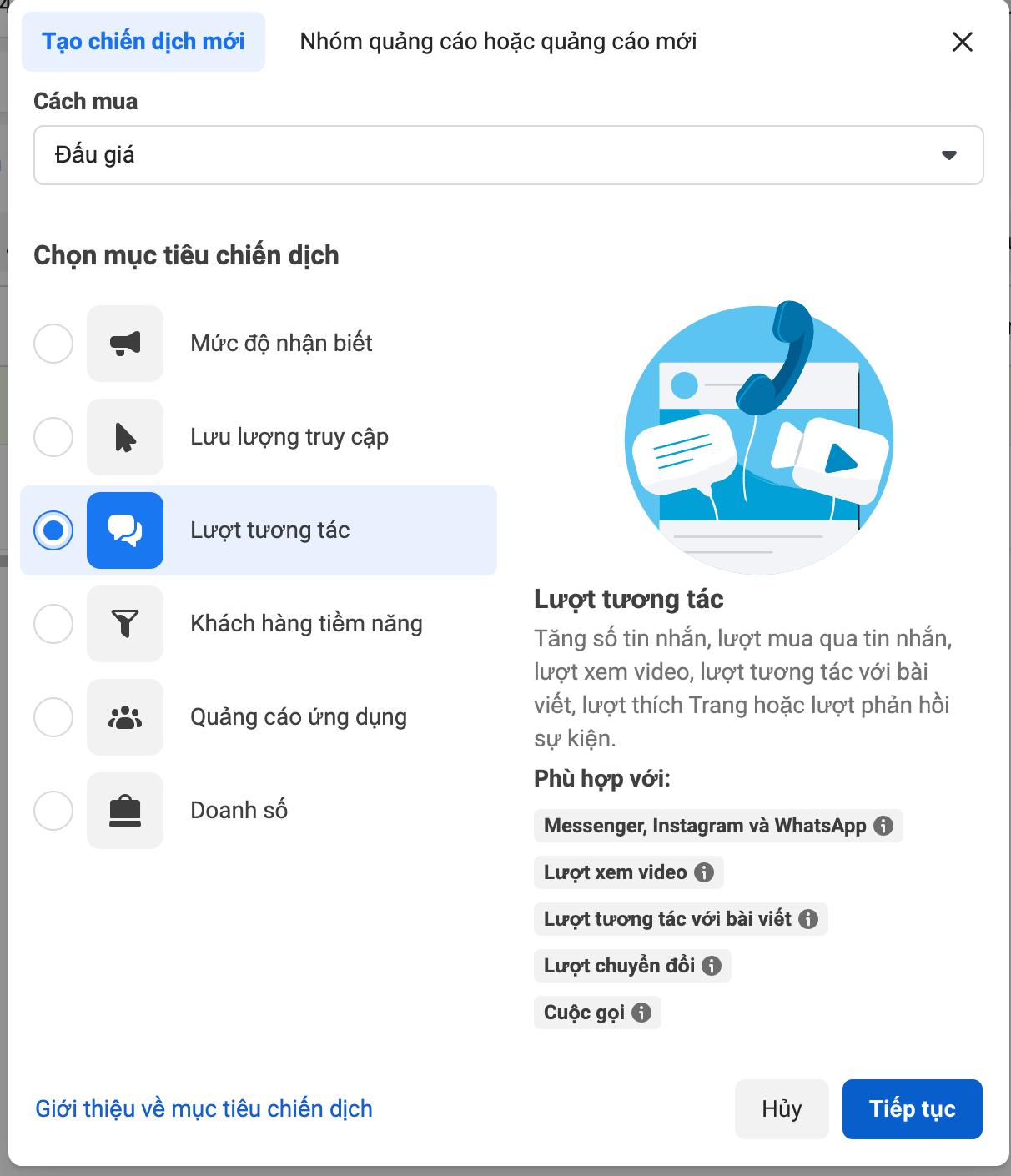
4.2 Set Budget and Ad Schedule
Choose budget type:
– Daily budget: Limits the amount spent in one day.
– Lifetime budget: Spend a fixed amount over a specific period.
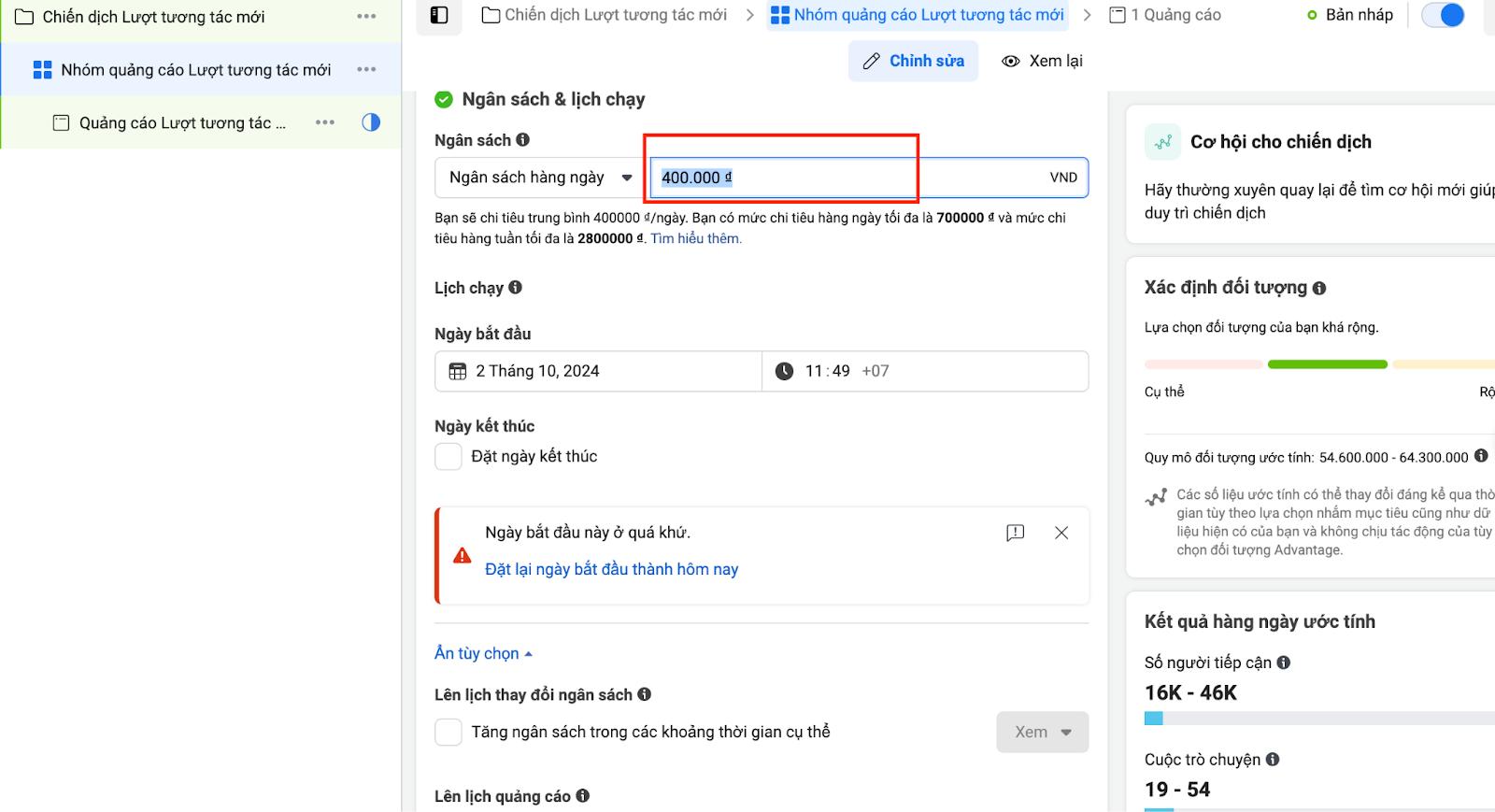
Set schedule:
– Run continuously: Suitable for short-term campaigns or those needing immediate results.
– Set specific schedule: Choose ads display times that match customers’ online behavior (e.g., evenings from 7 PM to 10 PM).
4.3. Target Audience of the Ad
Based on the data researched in Steps 2 and 3, you have defined your customer profile. The more specific the target audience, the more your advertising cost and conversion rate will improve.
4.4. Set Ad Placement
Next, choose where to place your ads on Facebook. There are two types of placements: automatic placement (Facebook will distribute ads in suitable positions to reach the target audience) and manual placement (you set the ad placement manually as desired).
4.5. Preview the Ad Appearance
After completing the above steps, you can preview your ad by selecting the post, clicking on Preview Ad, and editing if necessary.
Your remaining task is to wait for Facebook’s approval. This process takes about 24 hours, and the ad will automatically run once Facebook confirms approval.
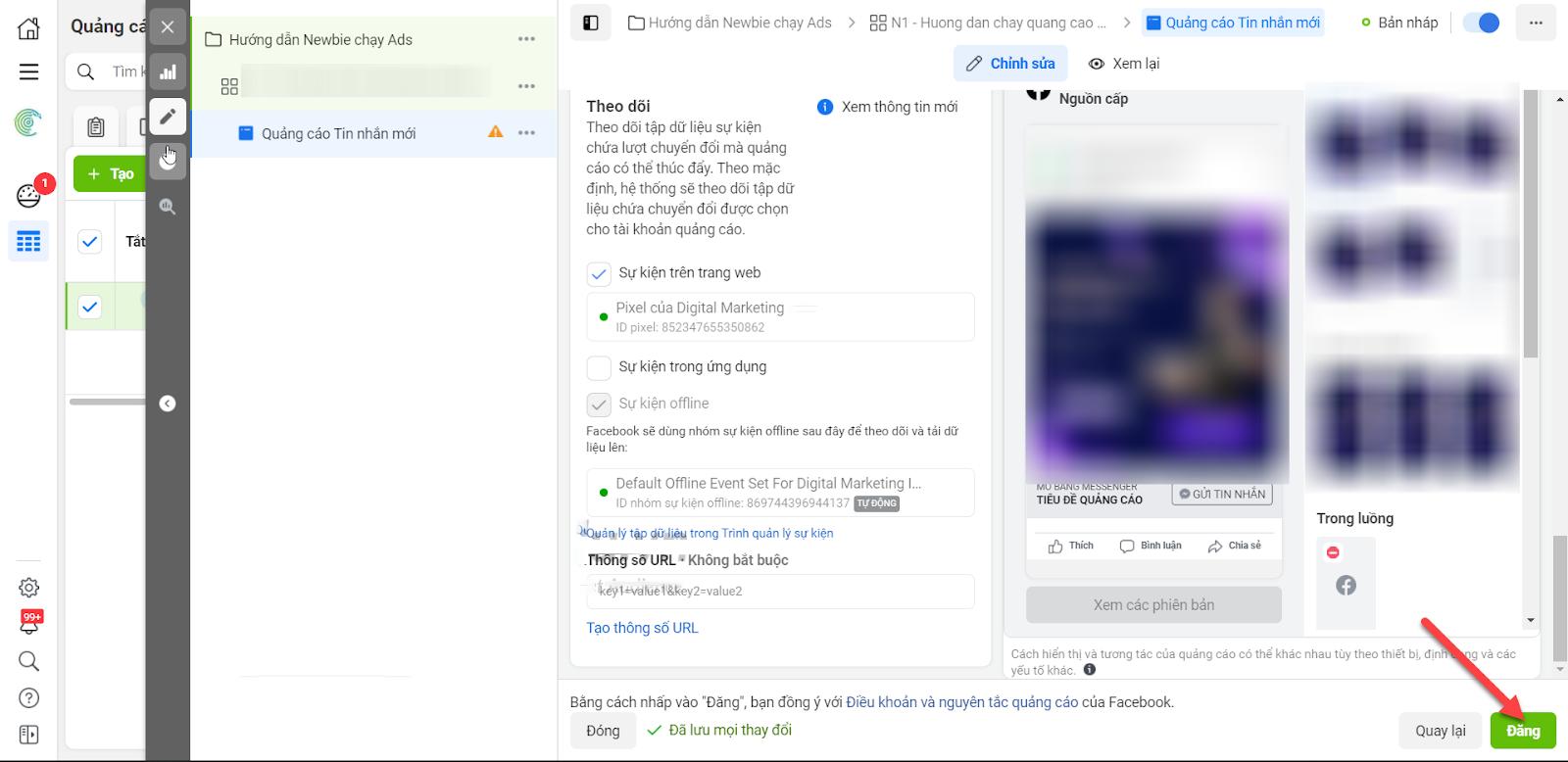
Step 5: Monitor and Optimize Ads
After the ad has run for a certain period, you will access Facebook Ads Manager to check important metrics such as CTR, CPM, CPC, CPA, ad frequency, and review customer feedback like comments, messages, likes, and shares to optimize the ad effectively.
Monitoring and optimization require patience and flexibility to ensure ad effectiveness and timely adjustment of budget allocation and ad optimization.
4. Tips to optimize Facebook ads effectively
To run Facebook ads effectively, you not only need to know how to set up campaigns but also apply optimization tips to improve ad performance. Below are important tips to help you achieve the best results:
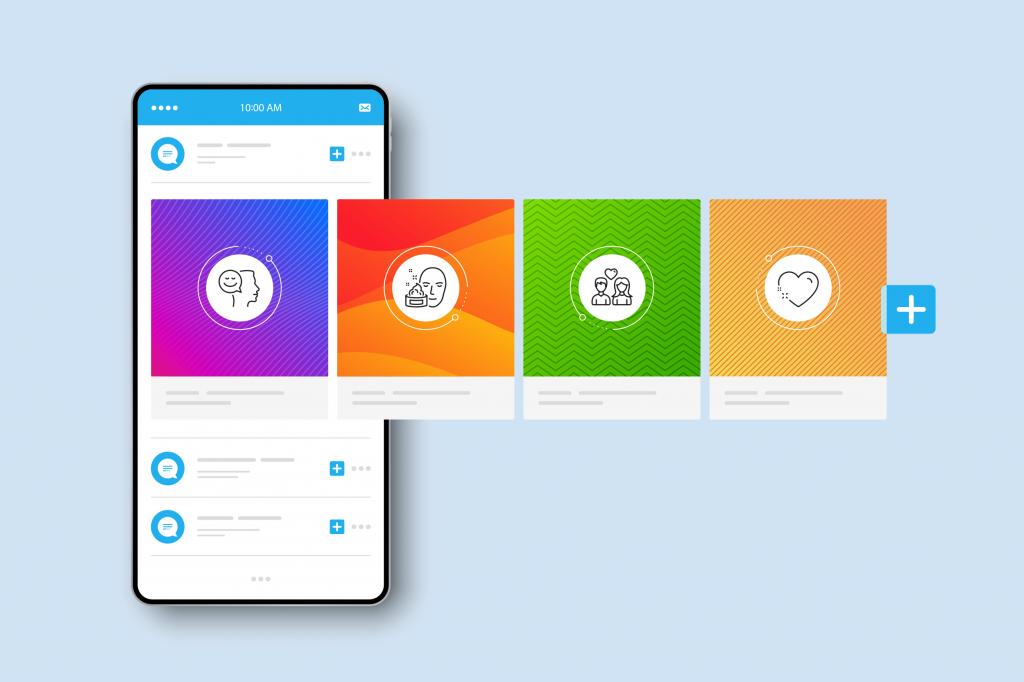
– Use Audience Insights: This tool helps you understand the behavior, interests, and characteristics of your target customers. From there, you can create ads that meet their needs.
– Optimize images and videos: Use standard image sizes, high-quality, eye-catching videos that fit the advertising message.
– Attractive ad content: Use simple, easy-to-understand language. Also, include clear calls to action (CTA) guiding customers on what to do next, for example: “Buy now,” “Register for free,” “Learn more” to increase ad effectiveness.
– A/B testing: Experiment with different headlines, images, videos, and content to identify which ad campaign performs best.
– ReMarketing: Use data from Facebook Pixel or customer lists to create campaigns targeting people who have visited your website or interacted with your posts to increase conversion rates. Send vouchers or promotional programs to old customers to stimulate repeat purchases.
– Use diverse ad formats such as Reels Ads, Stories Ads, Messenger Ads, etc., to more easily reach potential customers.
We hope the effective Facebook advertising methods in 2023 by Lolo Media in this article have provided useful information for you. Don’t forget to follow upcoming content on the website to accumulate more useful marketing knowledge!
